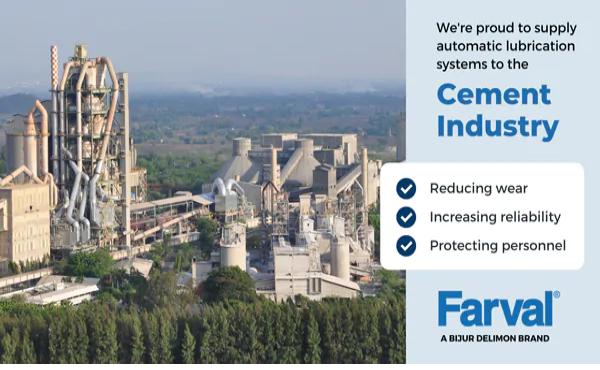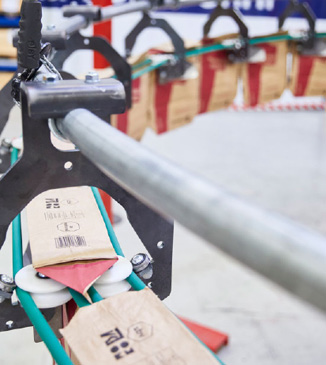Roller mills, bowl mills, or vertical roller mills offer size reduction of bulk materials in coal-fired power plants and cement works. In coal-fired power plants roller mills are used to grind coal, while in cement works they grind coal, raw meal and more recently, clinker. These mills offer a high throughput rate and high quality final product. However, the handling and processing of abrasive bulk materials causes significant wear to the roller mill components, leading to their eventual need for replacement or repair. Wear and abrasion can be found in the material feeding section, mill housing, grinding elements, integrated separating system and product outlet areas of the mills.
Kalenborn Technologies, LLC, a subsidiary of Abresist Kalenborn Corporation, offers wear-resistant linings and welding services for roller mills to protect against extreme wear and extend the service life of the components. It provides several wear-resistant products to suit the specific components, optimizing service life and operation.
Kalmetall-W hard overlay welding and Kalocer alumina ceramic tiles have been successful in providing longer life for material inlet systems due to their extreme hardness. Kalmetall-C, Kalmetall-W or Kalmetall-TC offers solutions for protecting the mill housing. Kalmetall-C and Kalmetall-W are good impact and abrasive wear resistance materials, ideal for the material which strikes against the outer walls during grinding. Kalmetall-TC, wear plates of standard steel, on which tungsten carbide tiles have been soldered, is suggested for extreme wear and extreme impact stress. Kalocer high-alumina ceramics have been used extensively to line the outer portion of the separator assembly, where sliding wear is more of an issue than impact wear. The inside of the separators are protected with Kalmetall-W, Kalocer, or Kalcret hard compound linings. The mills’ outlet zones use the preferred solutions of Kalmetall-W, Kalcret, or Kalocer.
The components subject to the heaviest wear in roller mills though are the grinding table and the grinding rollers. These grinding elements vary in size and shape depending on the original equipment supplier and can also include single or double rollers and semicircular, rectangular or trapezoidal cross sections. As the raw materials are drawn in between the grinding table and the rollers to be reduced in the grinding gap, this process produces significant abrasion, impact and wear. Eventually, the table and rollers suffer enough wear that the grinding gap is affected, impairing the grinding properties and grinding rate. When wear and abrasion begin to affect quality and capacity, the worn grinding elements can be repaired or rebuilt with Kalmetall-W on site or in the plant in Tennessee, replaced with new Kalmetall-C hard casting components or a combination of Kalmetall-W applied to a base of Kalmetall-C.
Kalenborn Technologies, www.kaltechtn.com



